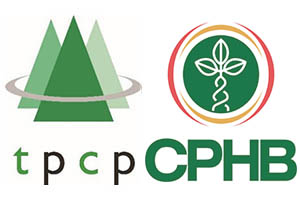SSHscreen is a data analysis pipeline developed to identify clones in cDNA libraries that are significantly differentially expressed, and to determine if they were rare or abundant in the original treated sample. This approach, using "linear models for microarray data” (limma) functions in the R computing environment, facilitates the choice of clones from the cDNA library for further analysis, such as DNA sequencing, Northern blotting, RT-PCR, or detailed expression profiling using a custom cDNA microarray. Plots generated by SSHscreen are a useful tool for choosing anonymous clones for sequencing, since redundant clones cluster together on the enrichment ratio plots.
SSHdb is a tool for sequence management and annotation of SSH cDNA libraries. Different SSH libraries are managed as different projects, and users can register for specific projects in order to view the top table and sequence information linked to that project
MADIBA (MicroArray Data Interface for Biological Annotation) is a web-based tool used for the post-processing of microarray clusters (Law PJ, Claudel-Renard C, Joubert F, Louw AI, Berger DK (2008) MADIBA: A web server toolkit for biological interpretation of Plasmodium and plant gene clusters BMC Genomics 9: 105).
After a microarray experiment is performed, several clusters can be found. It is thought that since the genes in the clusters have similar expression profiles, they will also have similar biological implications. However, additional information is required in order to determine what the cluster of genes means in terms of the biology.
MADIBA aims to solve this by giving the user a comprehensive overview and interpretation of the expression profiles, by annotating the cluster of genes using biological information, and graphically visualising the analyses for easy interpretation.
MADIBA subjects a cluster of genes to five different analyses:
1) a search of over-represented Gene Ontology terms in the cluster;
2) visualisation of metabolic pathways using the KEGG representation;
3) visualisation of the chromosomal localisation;
4) searches for over-represented motifs in the upstream regions of the genes;
5) and an organism specific module: either a search for genes without human homologues for potential drug targets against Plasmodium, or homologues between rice and Arabidopsis for plant sequences.
MADIBA currently contains data for Plasmodium, Arabidopsis, rice and Pectobacterium atrosepticum.
Spotverify is a publicly available web-accessed software package for verification of spot colour on two colour Cy-dye microarray images. The software is used to verify that differentially expressed genes identified by complex statistical analyses such as SSHscreen do correspond to bright red or green spots on the original microarray images.
This is a resource for obtaining annotations of the probes on the Maize Agilent-016047 4x44k microarray.
Functionalities of the database:
1. Search Agilent Slide
Get the position of any probe(s) on the B73 genome sequence (v2) as well as the functional annotation of its corresponding gene, by submitting probe / gene / EST identifiers.
2. Blast sequences
Blast any sequence(s) against the Agilent slide to identify which probes represent the query sequence best.
3. Get sequences from GenBank
Get DNA sequences from GenBank, by submitting any GenBank accession numbers (only nucleotide databases are searched).
Coetzer N, Myburg AA and Berger DK (2011) Maize microarray annotation database. Plant Methods 7 (1), 31 (http://www.plantmethods.com/content/7/1/31)







































